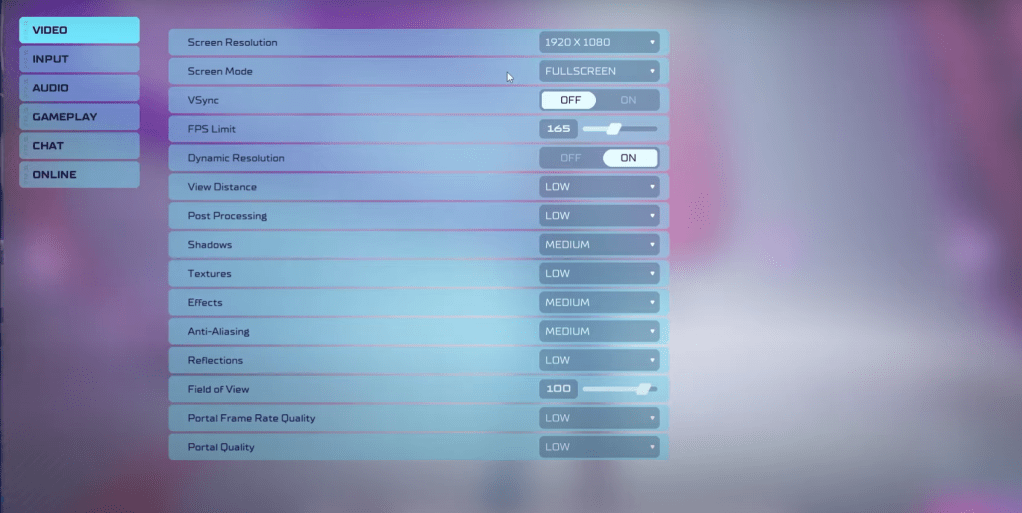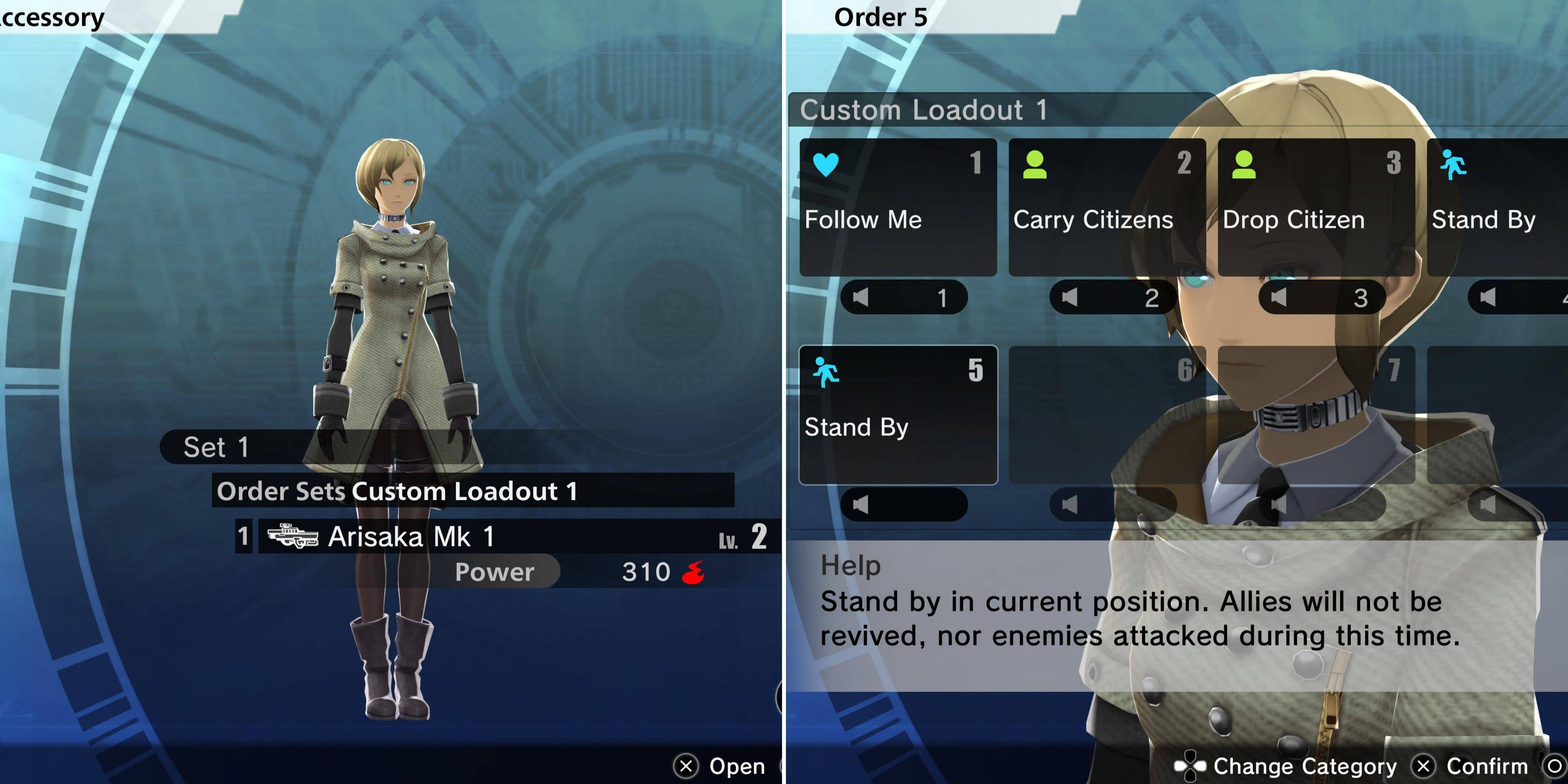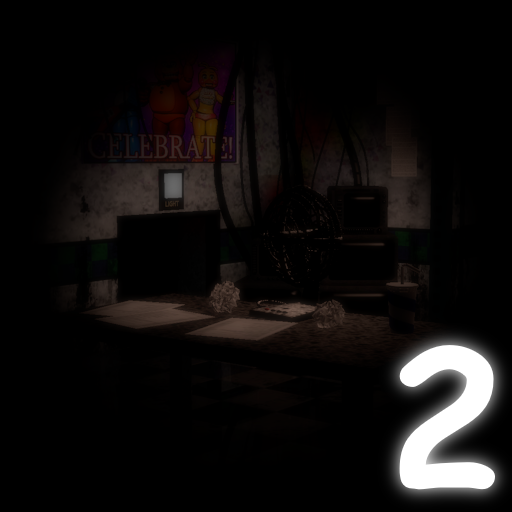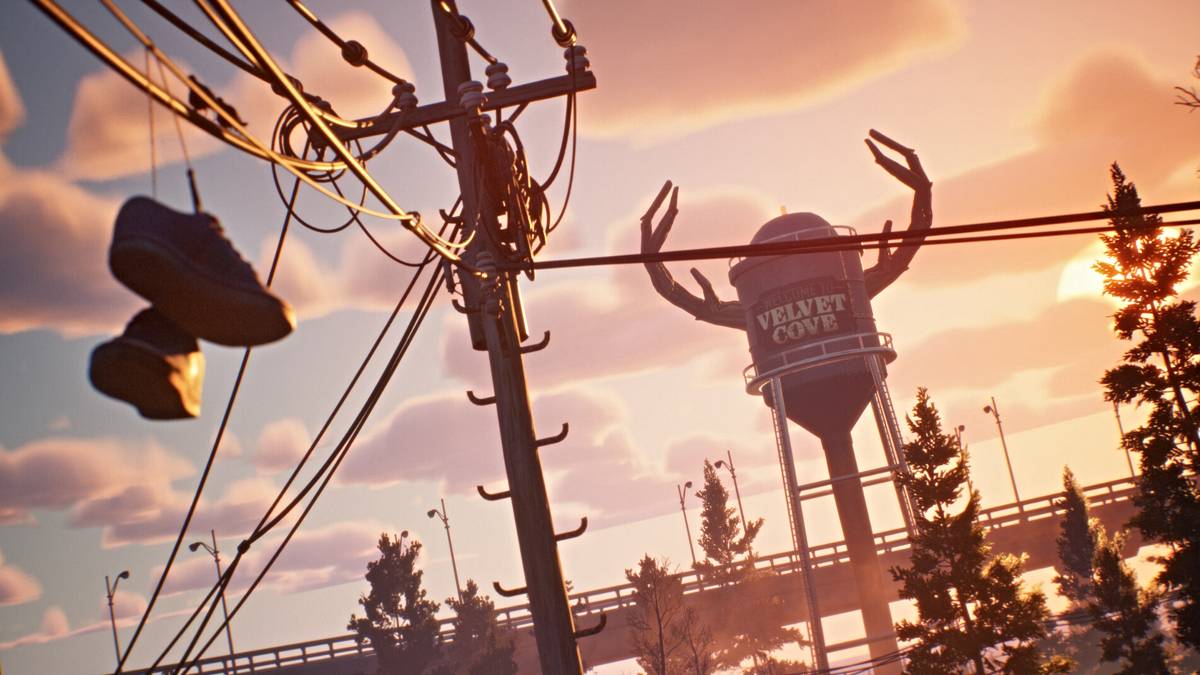*Splitgate 2* is generating massive buzz as one of the most eagerly awaited games set to launch in 2025. Fans of the original are thrilled to dive into the sequel, yet it's important to remember that *Splitgate 2* is still in its Alpha stage. This means the game is a work in progress, and you might encounter issues like crashes, frame drops, and other performance hiccups. However, by fine-tuning your settings, you can significantly minimize these problems. Here's a guide on the best settings for *Splitgate 2* to maximize your framerate and reduce input lag.
Related: What Is Splitgate 2's Release Date?
Splitgate 2 System Requirements
Before you start optimizing, make sure your system meets the game's requirements. *Splitgate 2* is designed to be accessible, with modest hardware needs.
Minimum
- Processor: Intel® Core™ i3-6100 / Core™ i5-2500K or AMD Ryzen™ 3 1200
- Memory: 8 GB RAM
- Graphics: NVIDIA® GeForce® GTX 960 or AMD Radeon™ RX 470
Recommended:
- Processor: Intel® Core™ i5-6600K / Core™ i7-4770 or AMD Ryzen™ 5 1400
- Memory: 12 GB RAM
- Graphics: NVIDIA® GeForce® GTX 1060 or AMD Radeon™ RX 580
Splitgate 2 Best Video Settings

As a competitive multiplayer shooter, *Splitgate 2* demands that you prioritize performance over visual quality. While the game might not look as stunning as it does on higher settings, optimizing for performance is key to gaining a competitive edge.
- Screen Resolution – Your monitor's native resolution (1920×1080 is common)
- Screen Mode – Opt for Borderless Fullscreen if you frequently use Alt+Tab; otherwise, go for Fullscreen.
- VSync – Turn it off to avoid significant input lag.
- FPS Limit – Set to match your monitor's refresh rate (60, 144, 165, 240, etc.)
- Dynamic Resolution – Enable it, though you may want to experiment with disabling it, as results can vary.
- View Distance – Low
- Post Processing – Low
- Shadows – Medium, or Low if your system is older.
- Effects – Low
- Anti-Aliasing – Start with Low; you can increase this if you notice shimmering.
- Reflection – Low
- Field of View – Ideally, set to the maximum, though a higher FOV can impact frame rates. Reducing it slightly by 3-4 can help with performance without significantly affecting your view.
- Portal Frame Rate Quality – Low
- Portal Quality – Low
In summary, most settings should be on their lowest option to maximize performance. If the visual quality is too compromised for your taste, consider increasing the Effects and Anti-Aliasing settings, as they have a minimal impact on performance.
The Field of View (FOV) setting can be particularly tricky, as it affects frame rates. In a competitive shooter like *Splitgate 2*, a higher FOV is beneficial for gathering more information about your surroundings. However, if performance becomes an issue, reducing the FOV by just a few points can make a noticeable difference without significantly altering your gameplay experience.
Other Recommended Settings for Splitgate 2
While these additional settings won't directly boost your FPS, they can enhance your overall gaming experience. Sensitivity settings are crucial; adjust them to your preference or use an online calculator to convert settings from other shooters you enjoy.
Audio settings also play a vital role. The game's music can be engaging but may distract you during intense matches. Consider lowering the volume to stay focused. Additionally, enabling Spatial Sound in your Windows settings can improve the accuracy of audio cues, helping you locate sounds more precisely—a tip that applies to gaming in general.
That's all you need to know about optimizing settings for *Splitgate 2* to enjoy a smoother, more competitive gameplay experience.
Related: 10 of the Most Fun Games to Play With Friends



















